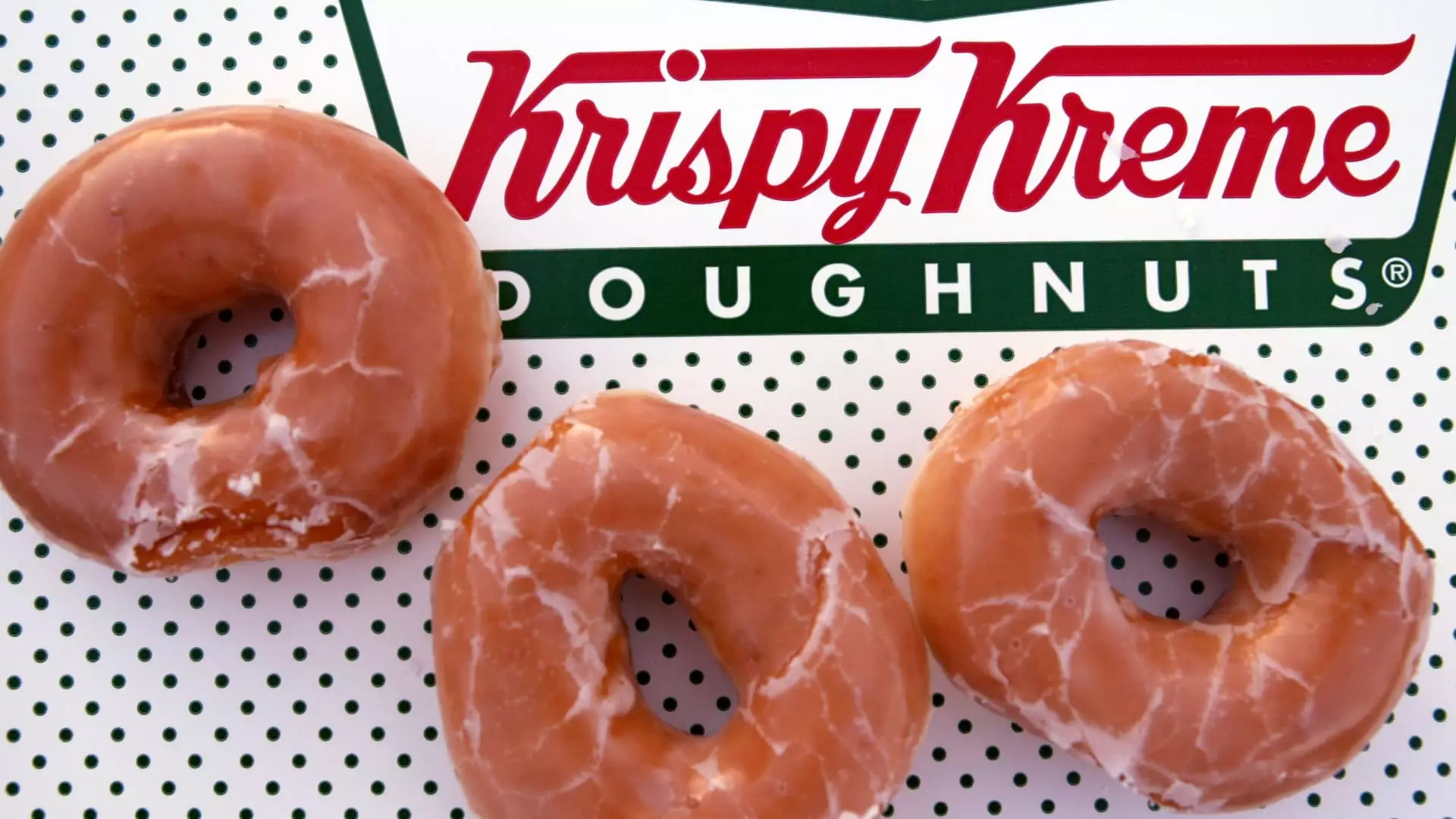In recent days, the fervor surrounding meme stocks has demonstrated an unsettling shift in investor behavior rooted in hype rather than fundamentals. Retail traders, lured by the siren call of quick gains and social validation, have turned their attention to companies like GoPro and Krispy Kreme—assets long considered undervalued or even neglected. These moves aren’t driven by careful research or genuine conviction but by the addictive rush of collective momentum fueled through social media platforms like WallStreetBets. As a result, shares of these companies soared, with GoPro seeing a staggering 63% increase in premarket trading and Krispy Kreme rising by a third. This ephemeral spike reveals a dangerous misconception: that markets can be driven solely by viral trends, ignoring underlying vulnerabilities.
The Disconnection from Market Reality
What makes this phenomenon particularly concerning is the stark disconnect from each company’s realities. Both GoPro and Krispy Kreme are prime examples of beaten-down stocks with minimal intrinsic value—trading well below their true worth for reasons often unrelated to their fundamentals. Their popularity among meme traders creates a false sense of validation, inflating prices temporarily under the guise of market confidence. The problem is that such volatility erodes the integrity of the financial system, turning the stock market into a casino where the odds are skewed heavily in favor of the most reckless speculation. This precarious environment risks catastrophic repercussions, especially if the underlying hype collapses, dragging down unsuspecting investors and shaking the stability of broader markets.
The Illusion of Market Resilience and the Role of Optimism
Amid this chaos, some analysts dismiss concerns by pointing to a booming broader market, citing record highs in indices like the S&P 500. They argue that a resilient economy and favorable macroeconomic news—such as easing tariffs and expectations of rate cuts—provide a buffer against the storm of speculative excess. However, this narrative is flawed because it relies heavily on short-term optimism and ignores the structural weaknesses exposed by the meme trade surge. The surge in speculative trading, while seemingly beneficial for a subset of investors, ultimately reveals fragile market confidence that is easily rattled by the slightest correction. Relying on optimism to justify reckless trading is a perilous bandage over the deeper issues of systemic vulnerability and the unsustainable nature of current market exuberance.
Self-Criticism and the Need for Regulatory Vigilance
As a center-leaning observer, I must acknowledge that the financial community bears some responsibility for fostering a culture of complacency and shortsighted speculation. The rise of instant gratification investment platforms, coupled with poor regulation of online trading forums, has created an environment where the line between legitimate investment and gambling is blurred. It’s a wake-up call that regulatory bodies must act more decisively to curb manipulative practices and ensure that market activity reflects genuine economic value rather than meme-driven hysteria. Ultimately, the current trend underscores the danger of allowing social media-driven narratives to override prudent investment strategies—a risk that could lead to systemic instability if left unchecked.

